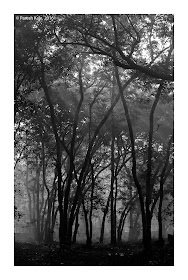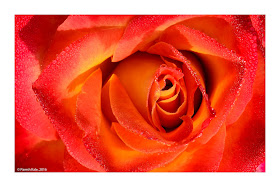
The leaning temple of Huma
Leaning tower of Pisa (Italy) is known well to masses, but have you heard about the only leaning temple of the world. Interestingly the edifice of the temple leans, however, the pinnacle of the temple is perpendicular to the ground.Further surprise comes with its location. It is near Sambalpur in Odisha. The Leaning Temple of Huma, dedicated to lord Shiva, near Sambalpur is the only leaning temple in the world. It is located in Huma, a village situated on the bank of the Mahanadi,
Construction:
 Apart from the main temple of Lord Vimaleshwara inclined towards the North-east side i.e. the river side, the complex has two other important temples: Bhairavi Devi and Bhairo Dev. As per to historical records Ganga Vamsi Emperor Anangabhima Deva-III built this temple. The temple was rebuilt or renovated by King Baliar Singh (1660-1690 A.D.), the fifth Chauhan king of Sambalpur. The rest of the temples were built during the rule of King Ajit Singh (1766-1788 A.D.) of Sambalpur [1]. However there are different claims and controversies claiming the various builders.
Apart from the main temple of Lord Vimaleshwara inclined towards the North-east side i.e. the river side, the complex has two other important temples: Bhairavi Devi and Bhairo Dev. As per to historical records Ganga Vamsi Emperor Anangabhima Deva-III built this temple. The temple was rebuilt or renovated by King Baliar Singh (1660-1690 A.D.), the fifth Chauhan king of Sambalpur. The rest of the temples were built during the rule of King Ajit Singh (1766-1788 A.D.) of Sambalpur [1]. However there are different claims and controversies claiming the various builders.
Only leaning temple in the world:
 |
| Temple complex as seen from Kali temple |
The reason for having a leaning structure of the shrine is again shrouded in mystery.Only the edifice of the temple is leaning keeping the base perfectly perpendicular to the ground. This is baffling and thus put forwards some theories to explain the phenomenon. First and Obvious theory questions the foundation. As the temple is positioned on the rocky base on the bank of Mahanadi, reason of technical flaw doesn't hold good. Chauhan Kings were known to build several of the enormous temples.
 |
| Rocky bed of Mahanadi |
Second reason reason might be the natural calamities such as the flood or the earthquake. Flood cannot be again the cause as the main temple is tilted to one direction and other small temples are tilted to some other directions. Odisha is not lies in the earthquake prone zone, however reason is plausible. Archaelogist are also speculating some geological reason like uneven earth crust. The angle of inclination is yet to be measured [2].
Another appealing theory come from the belief that the architect has deliberately made a leaning design from the beginning. Deliberation is done in order to safe-guard the temple from the violent currents of the two rivers i.e. Mahanadi and Dhulijore during the flood in monsoon. This is why different structures are made leaning to different sides. This theory also explains why the degree of tilting remains unchanged all these years, and does not grow as in case of the other renowned tilting structures including the Leaning Tower of Pisa [2].
Legends about the temple and Mystery about the fish:
Apart from the leaning temple, a kind of reddish fish (popularly called Kudo) in the river is another attraction for tourists. The length of the fish seen is up-to six feet long.Tourist enjoy feeding the fishes which have become very good pets over the years. Feeding these fishes is considered very sacred. Also, it is a legend that the one who kills and eats the fish from this part of Mahanadi, doesn't survive much.
The worship of Shiva is said to have been initiated by a milkman, who crossed the Mahanadi daily to a place on the bank where the underlying rock cropped out. There are two varieties on who offered the milk. One says the milkman he offered his dole of milk, which was immediately consumed by the rock. Other story has it that a cow from a nearby village was regularly visiting the place and secreting milk over the Linga and her master saw rocks beneath consumes it quickly. This miraculous circumstance led to inquiries, which ended in the construction of the present temple [1].
Annual Fair:
An annual fair takes place at the foothill of the temple in March every year on Shivratri, which is a typical village fair. This fair attracts a huge crowd which includes foreign visitors. The Government of Odisha has proposed a hanging bridge to attract more tourists to the annual fair [1].
How to reach:
Nearest railway station: Sambalpur City and Sambalpur road
Private vehicles from station are available for hire.
Near by attractions:
Metakani TempleKali Temple
Ghanteshwari Temple
References:
[1] https://en.wikipedia.org/wiki/Leaning_Temple_of_Huma[2] http://odisha.gov.in/e-magazine/Orissareview/2013/Feb-Mar/engpdf/90-92.pdf





































